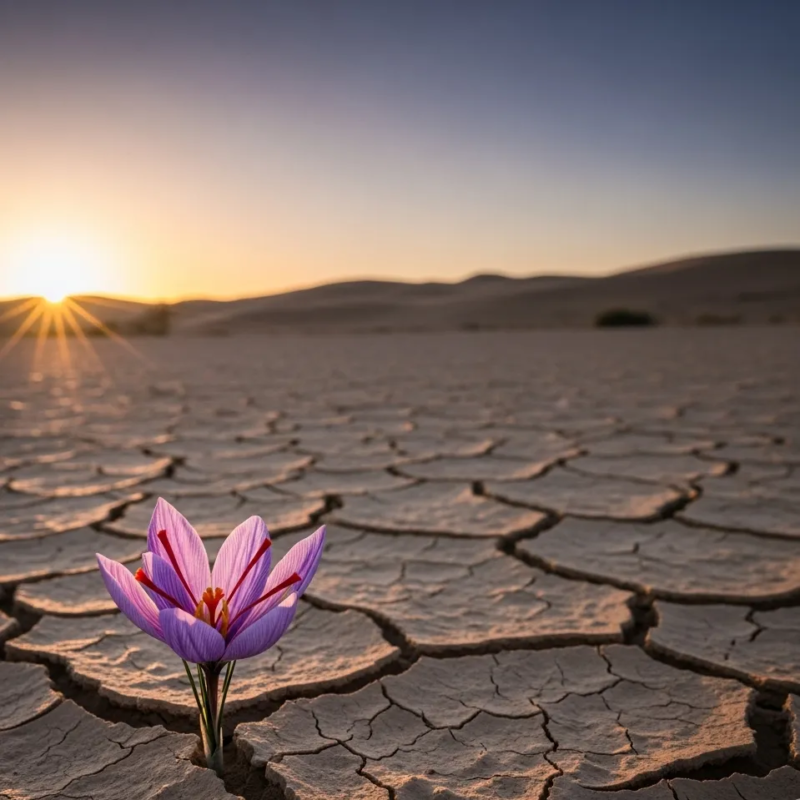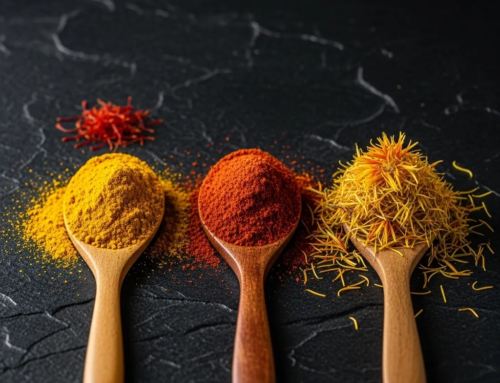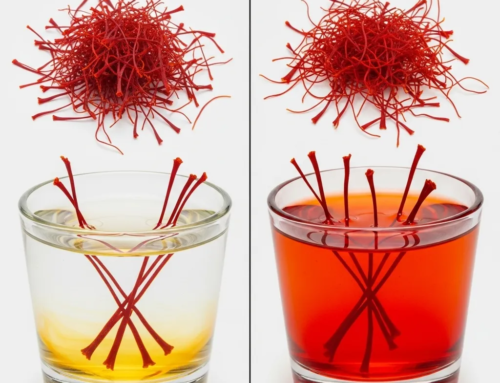Saffron Rarity: Why is Saffron So Rare and Expensive?
Saffron is often considered one of the rarest and most expensive spices in the world. Its scarcity is a result of several factors, from the labor-intensive cultivation process to the limited geographical areas where it can grow. Understanding why saffron is so rare helps explain its high price and esteemed status in the culinary world.
The Labor-Intensive Cultivation Process
Saffron is derived from the stigma of the crocus flower, and it takes thousands of flowers to produce just one pound of saffron. Each flower produces only three delicate red stigmas, which must be carefully hand-harvested. The flowers bloom only for a short period each year, making the harvest season brief. This requires significant labor and time, which is one of the primary reasons saffron is so rare.
Limited Growing Regions Contribute to Saffron’s Rarity
Another factor that adds to saffron’s scarcity is the limited number of regions where it can be grown. Saffron requires specific climatic conditions to thrive: a dry climate with cold winters and hot, sunny summers. Countries like Iran, India, and Spain are the primary producers of saffron, making the spice highly localized and rare outside these areas.
Saffron’s Value and Economic Impact
The rarity of saffron directly impacts its value. Due to its labor-intensive cultivation, limited supply, and specialized growing conditions, saffron commands a high price. A pound of saffron can cost thousands of dollars, making it more valuable than many other spices. This value also reflects the care and attention required to produce saffron, which is harvested by hand with meticulous care.
Where to Buy Genuine Saffron
To ensure you’re getting authentic, high-quality saffron, it’s essential to buy from trusted sources. Rowhani Saffron offers premium saffron, ensuring that each thread is of the highest quality. Visit our saffron collection to explore our selection of authentic saffron.
In conclusion, saffron’s rarity is due to its demanding cultivation process, limited growing regions, and the labor involved in harvesting. Its scarcity and high production cost make it one of the most prized spices in the world.
If you have any questions or need further assistance, feel free to contact us.








Get Social